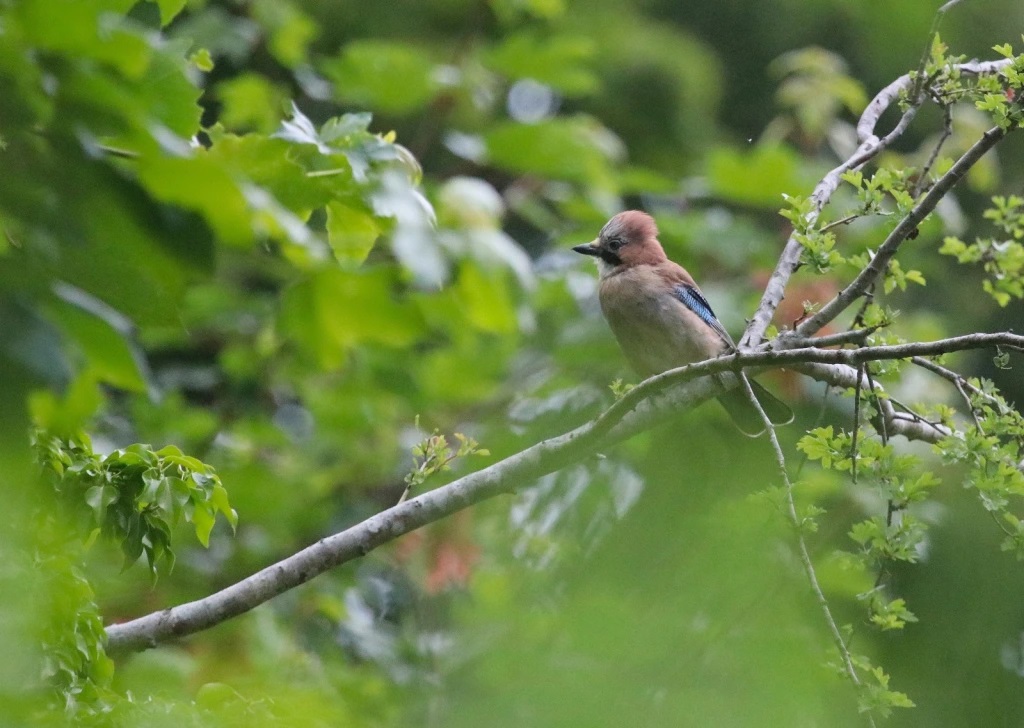Just a few minutes across the river and up the hill from Bath Railway Station lie some ten acres of undulating pasture – a secret paradise just above Beechen Cliff and adjacent to Alexandra Park. Public footpaths cross this land, linking with a network of longer-distance paths that give access to Bath’s southern slopes and valleys. Although largely tucked away from close views, these fields are widely visible from further away and themselves offer exceptionally beautiful views over the city and also out to Bath’s wooded skyline.
This land, owned by Bath and North East Somerset Council, makes a real contribution to our city’s distinctive green setting and public access to the countryside: crucial components of Bath’s designation as a UNESCO World Heritage Site. The site was bought by the City as public open space in 1938 (see the History section of this website), but until 2018 was let out to various tenants for the grazing of horses and other animals.

From the beginning of September 2020, the land has been managed under licence by the Friends of Lyncombe Hill Fields, a newly formed not-for-profit Community Interest Company (FLHF). The two unpaid company directors (Maurice Tennenhaus and Chris Kinchin-Smith) live locally and have been strong advocates of the principle of local management of the Fields since the Council first attempted to find a new tenant in the autumn of 2018. The company is sponsored by the Widcombe Association, Greenway Lane Social Committee, Greenway Lane Area Residents’ Forum, Bear Flat Residents’ Association and the Friends of Alexandra Park, with support also from Bathscape.
The company was launched at a public meeting by Zoom on 19th October 2020, with 47 people participating in the meeting and with more than 100 others subsequently registering an interest in FLHF.

Wildlife caught on camera
Our volunteers have been quietly creating small ponds using recycled materials, locating these in some of the denser undergrowth. Our ace photographer Jackie Terrett has installed a hidden motion-sensitive camera close to the various ponds in turn. The cameras can operate in daylight or in darkness, and the night-time results have been especially dramatic, producing wonderful still photos and video clips of badgers, Muntjac deer, foxes, small rodents and various birds all enjoying a drink or a wash. Here are just a few wonderful examples.
What was spotted in July and August
• Hear the growing hum of insects: chirping grasshoppers rub their legs together and this is called ‘stridulation’, although some sounds can’t be heard by humans.
• Butterflies whose caterpillars feed on grasses are on the wing right now; meadow browns, small skippers, ringlet and the occasional marbled white.
• Brambles are profuse with pink-tinged flowers attracting bees and hoverflies.
• Bats, including Noctules and Pipistrelles fly most evenings, skirting along treelines hunting for moths and gnats.
• The tall black knapweed, and even taller hemp-agrimony and buddleia, all support pretty purple flowers attracting butterflies.

Volunteering
Typically up to 12 people join us in the Fields from 09.00 to 11.00 on Sunday mornings and from 19.00 to 21.00 on Wednesday evenings. These are the summer timings). You can come as often or as infrequently as you wish. In doing so you will do your bit to improve the local environment and community, and improve your health. We will teach you new skills, and you will find that this is a very sociable activity. There are no fees; all it costs is your time. If you or any family or friends are interested in getting involved, please contact us
at lyncombehillfields@gmail.com



